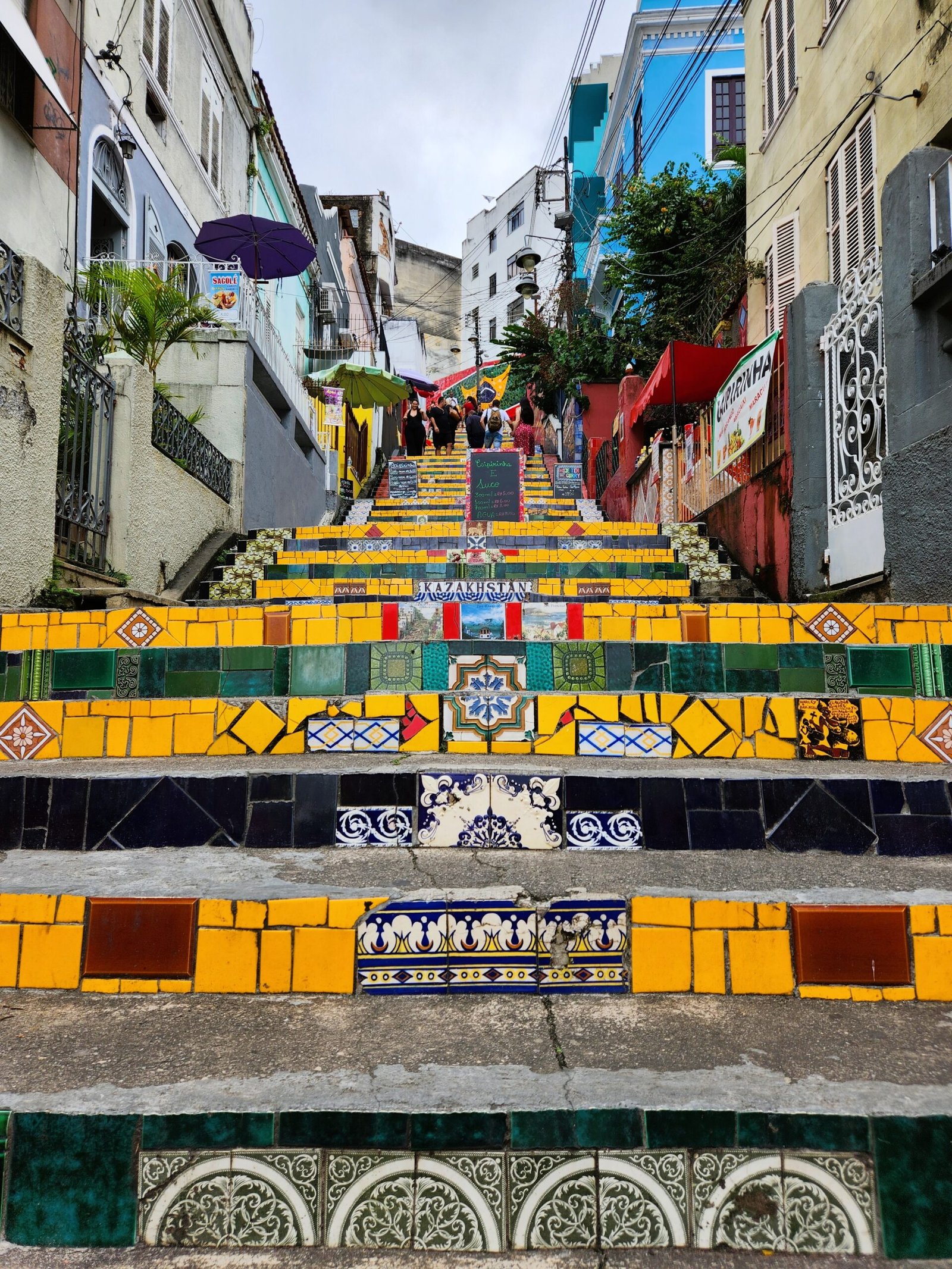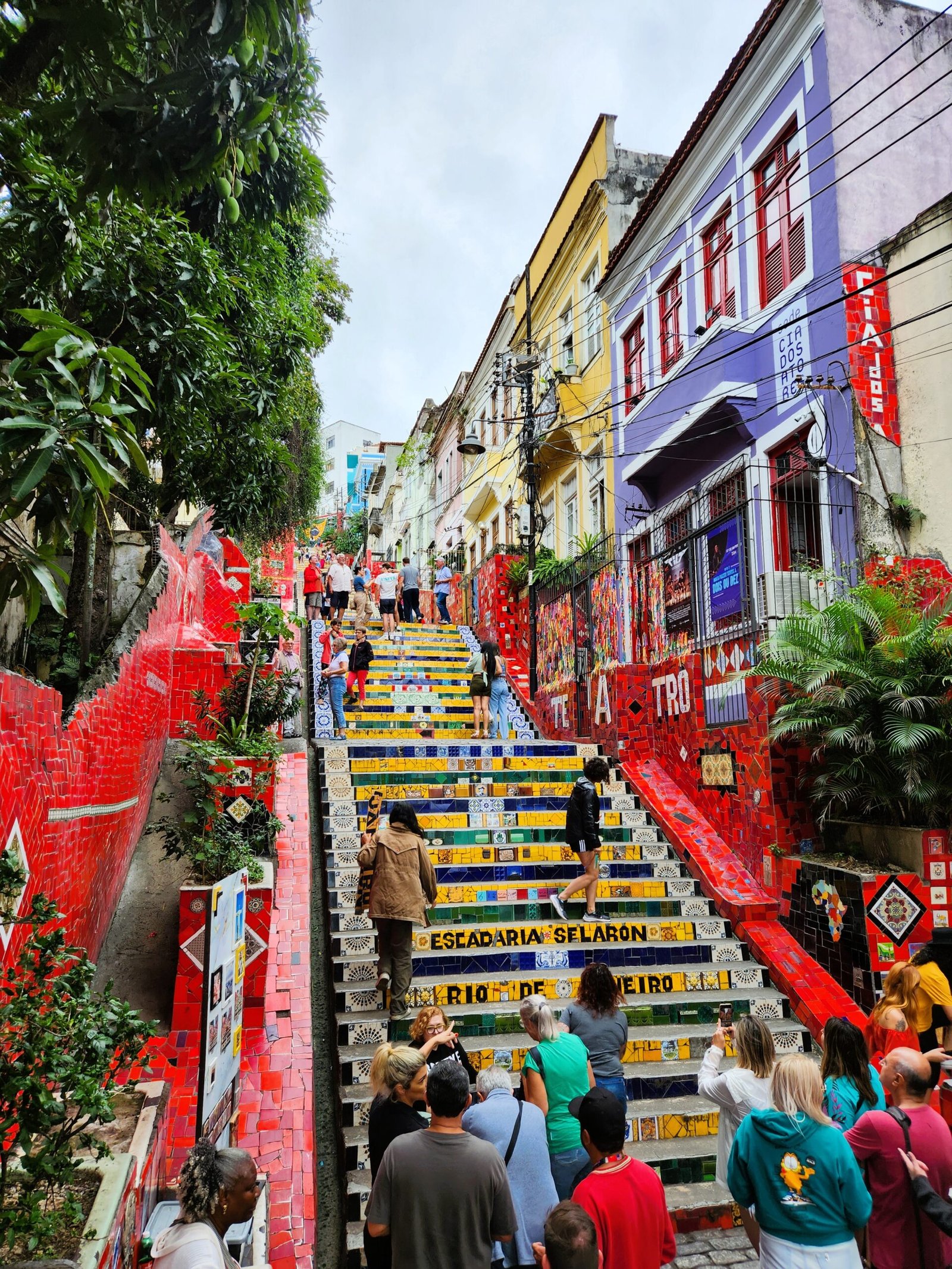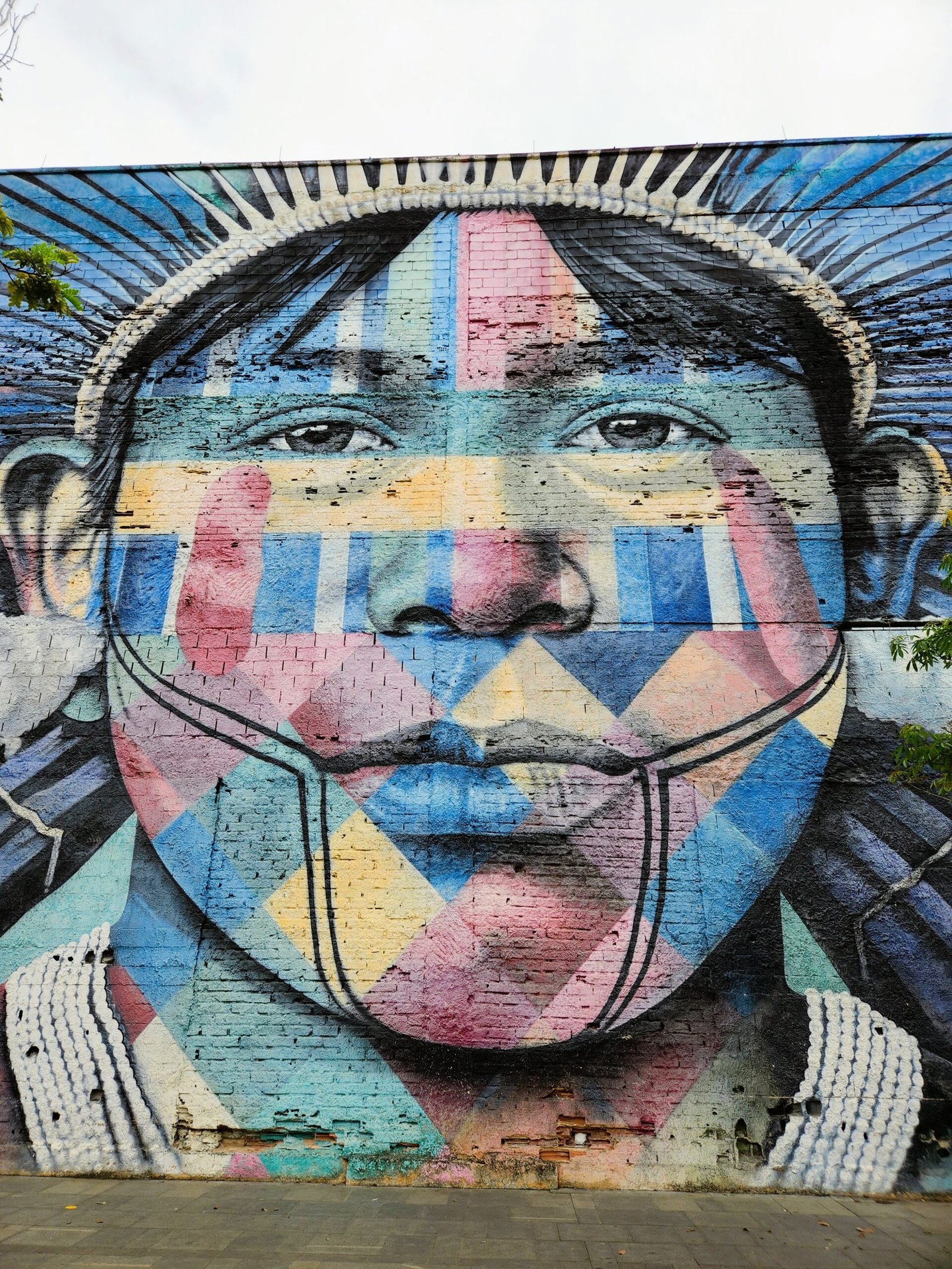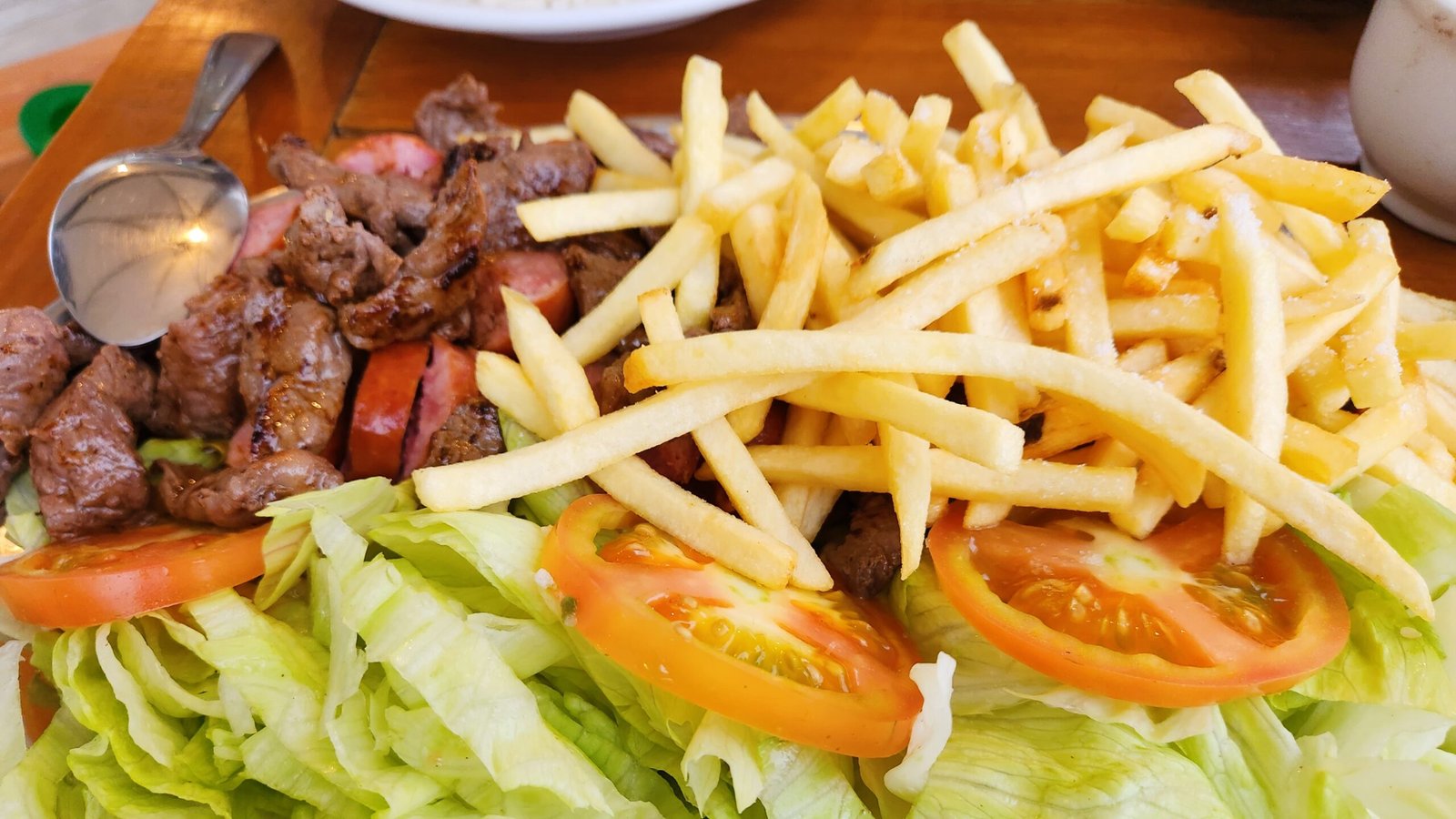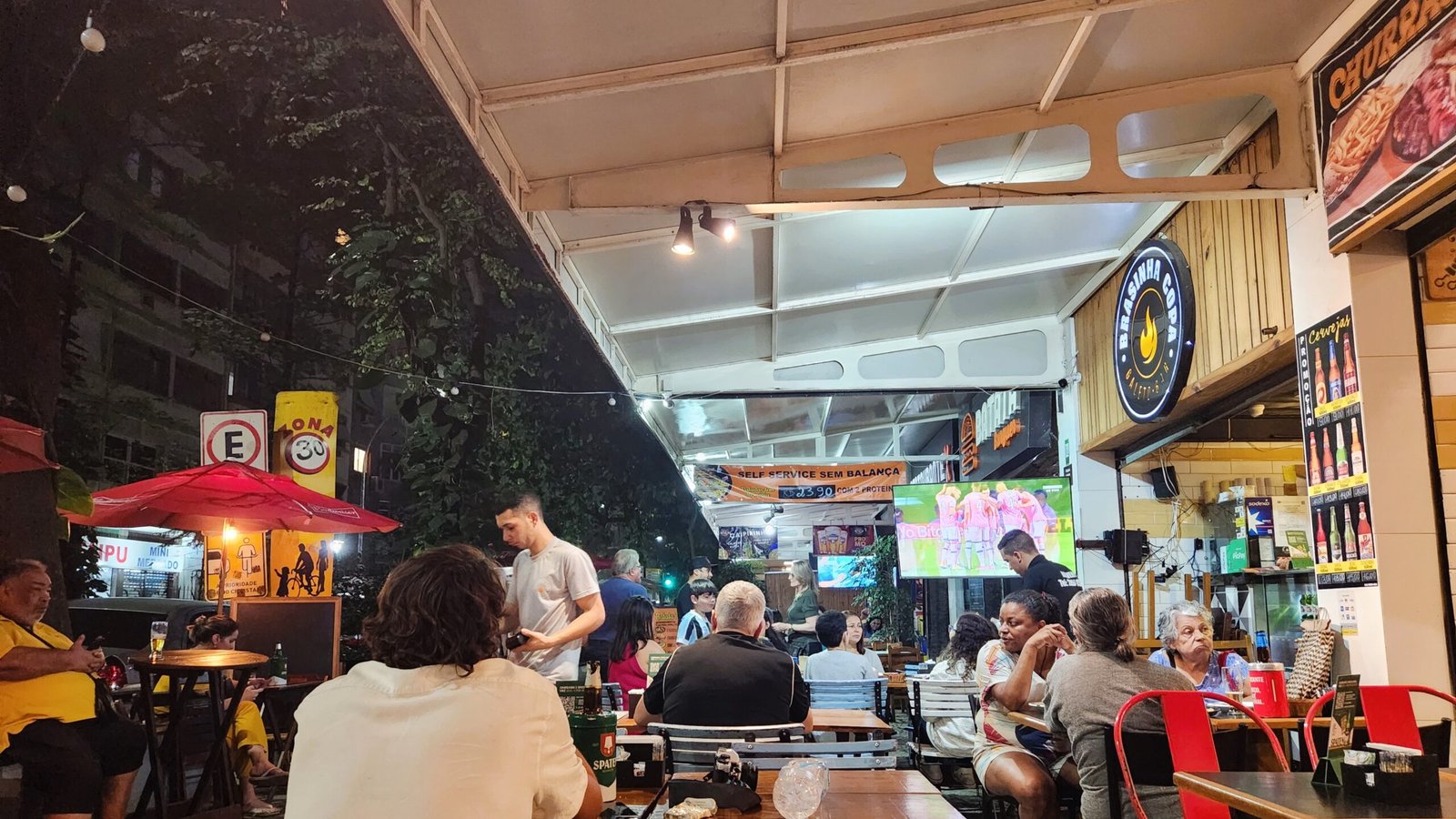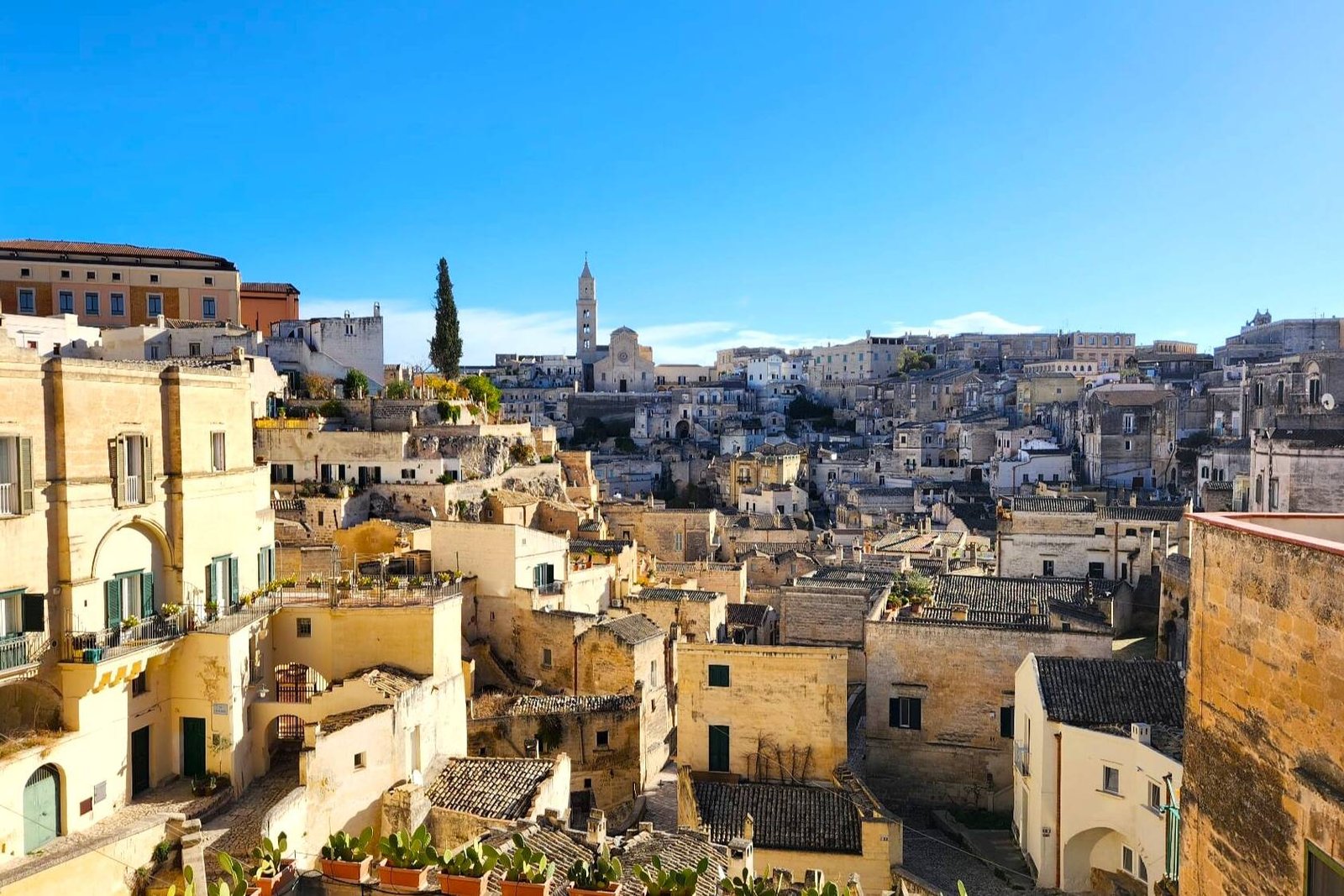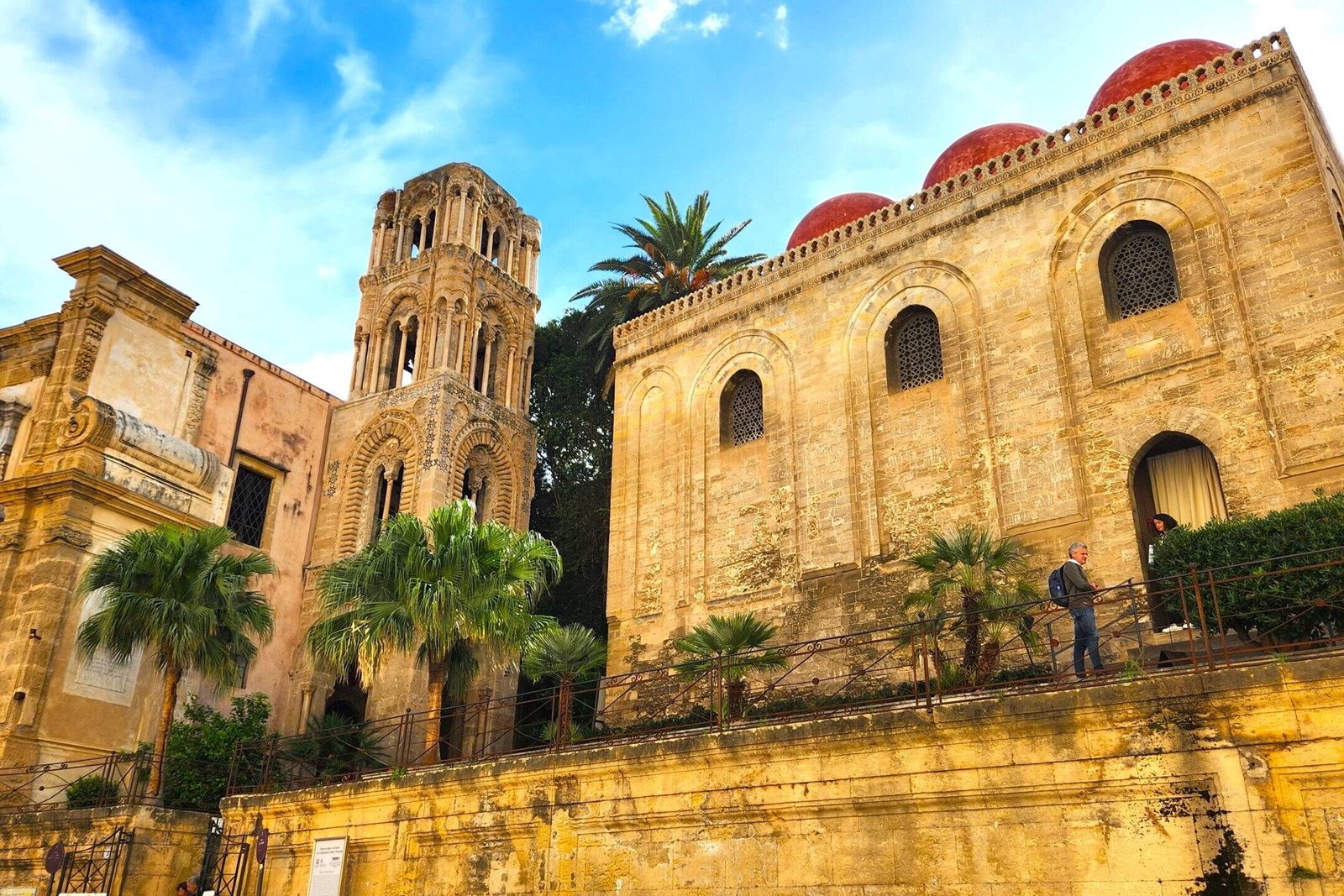Nestled between towering mountains and the Atlantic Ocean Rio de Janeiro is a vibrant city with stunning natural beauty, rich culture, and a lively atmosphere. Famous for its iconic landmarks like Christ the Redeemer and home to the stunning Copacabana beach, you will will be sure to fall in love with this beautiful city.
Where is Rio de Janeiro located?
Rio de Janeiro is located in south-eastern Brazil on the Atlantic coast, bordering Guanabara Bay.
How to get to Rio de Janeiro
If you arrive by plane into Galeão International Airport you have a couple of options.
Taxi – There are a couple of pre paid taxi options in arrivals. These are a little bit more expensive than the regular taxis in the stand outside but they are safer and the driver won’t try to scam you.
Bus – The “Frescão” is a tourist shuttle bus that passes through the Centro and the South Zone beaches. This is a more budged friendly option and costs R$24.85 and is cash only. It runs from 5 am to 10:30 pm and depart every 30 minutes just outside of door C in the international arrivals area.
TRAVEL TIP: It's possible to take public transport also, but it's not recommended as it would require multiple changes and there is nowhere to store luggage.
Getting Around
The best and safest way to get around Rio is by public transport and there is and extensive bus network that covers most of the city and limited metro network. You can find a map here
To ride the public transport you can purchase rechargeable travel cards and there are 2 available:
GIRO: Used for the Metro only
RioCard: RioCard is accepted on all forms of public transport and we recommend getting this card.
When is the best time to visit Rio de Janeiro?
Summer (December–March): The peak tourist season, but also the wettest with rain most afternoons with temperatures averaging between 22 °C (72 °F) – 30 °C (86 °F).
Shoulder: Milder weather with temperatures averaging between 19 °C (66 °F) – 28 °C (82 °F).
Winter (June–August): Cooler temperatures and less rain with temperatures averaging between 18 °C (64 °F) – 26 °C (79 °F).
Our Verdict: Low season or shoulder where you will have less rain and better weather for sightseeing.
Where to stay?
- Copacabana: This is the most famous beach in Rio, and it’s also a great place to stay. There are many hotels, restaurants, and shops in the area, and it’s easy to get around on foot or by public transport.
- Ipanema: Ipanema is another popular beach area, and it’s known for its chic boutiques and trendy restaurants.
- Leblon: Leblon is a more upscale neighbourhood, and it’s known for its beautiful beaches, parks, and restaurants.
- Barra da Tijuca: Barra da Tijuca is a large neighbourhood located on the west side of Rio. It’s home to many modern high-rises, shopping malls, and restaurants.
The best place to stay in Rio de Janeiro depends on your own preferences. We stayed in Copacabana as we wanted to be close to all the action and main attractions.
Things to do in Rio de Janeiro
Copacabana Beach
Copacabana is one of the most iconic and famous beaches in the world, it’s golden sands stretches out for 4 miles and is bordered by mountains at each end. The beach is heaving with activity with people sunbathing, playing football and street venders patrolling the beach selling food and cold drinks. Make sure you try a Caipirinha a Brazilian cocktail made with cachaça.

Sugarloaf Mountain
A trip to Pão de Açúcar(Sugerloaf mountain) is a must when visiting Rio as you get unrivalled views looking over the city, Guanabara bay, and the mountains that surround it. This is a popular spot for sunset and is also the busiest time to visit so keep that in mind. To get up there take the Parque Bondinho Pão de Açúcar cable car(marked on the map) that costs R$185.00.
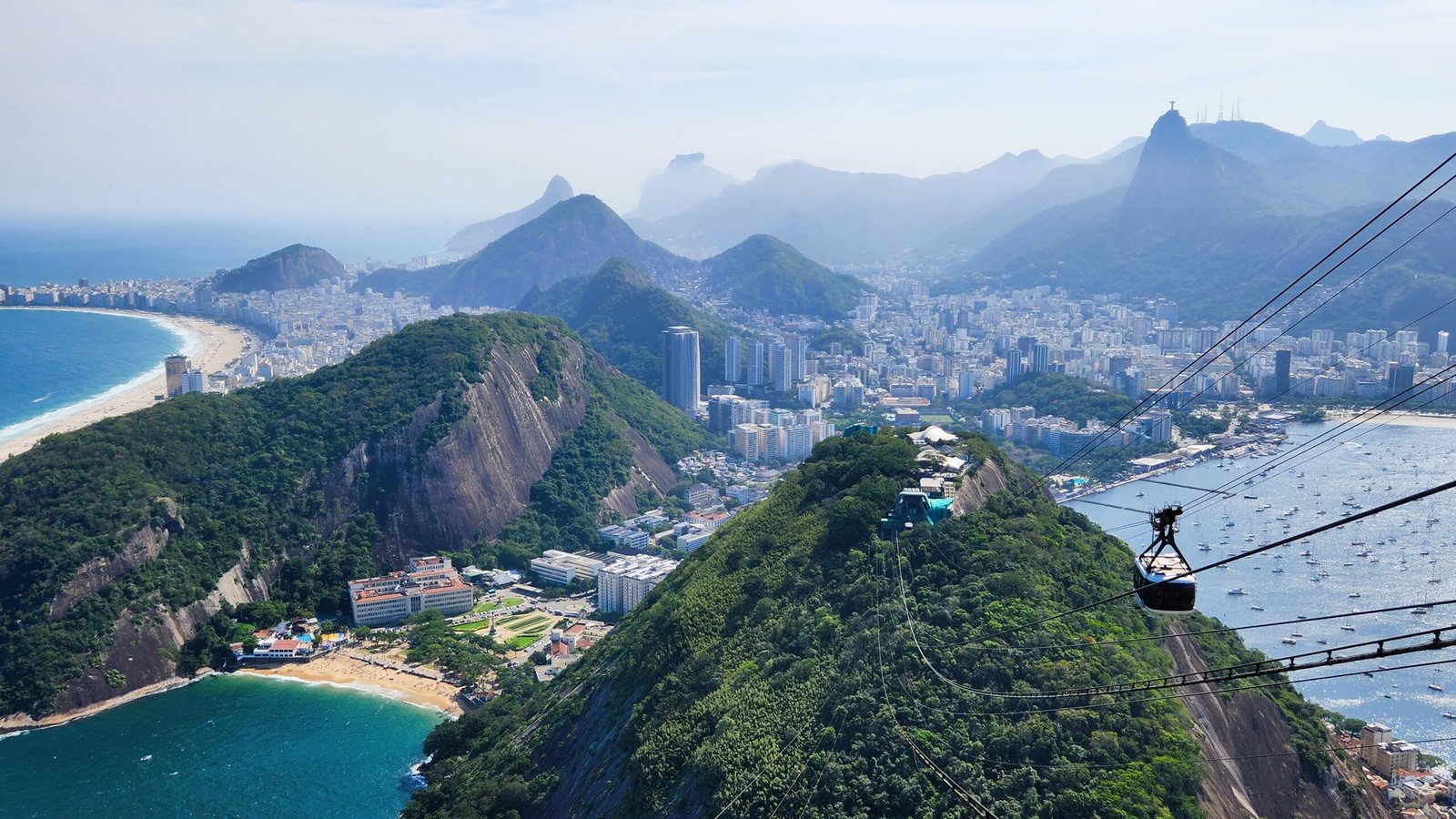
Ecadaria Selarón
Ecadaria Selarón is a colourful set of steps straddling both the Lapa and the Santa Teresa neighbourhoods of Rio. The steps were created by the late artist Jorge Selarón, who spent over two decades decorating them with brightly coloured tiles and mosaics collected from around the world.
Etnias – Mural de Graffiti
Etnias is a set of murals created by Brazilian artist Eduardo Kobra. It’s one of the largest graffiti murals in the world and depicts people from different ethnicities and continents, symbolizing the interconnectedness of humanity. It was created for the 2016 Rio Olympics and was inspired by the Olympic rings.
Museu do Amanhã
The Museu do Amanhã, or the Museum of Tomorrow, is a science museum located in the Centro area of Rio. The museum is housed in a very unique building that was designed by Spanish architect Santiago Calatrava.
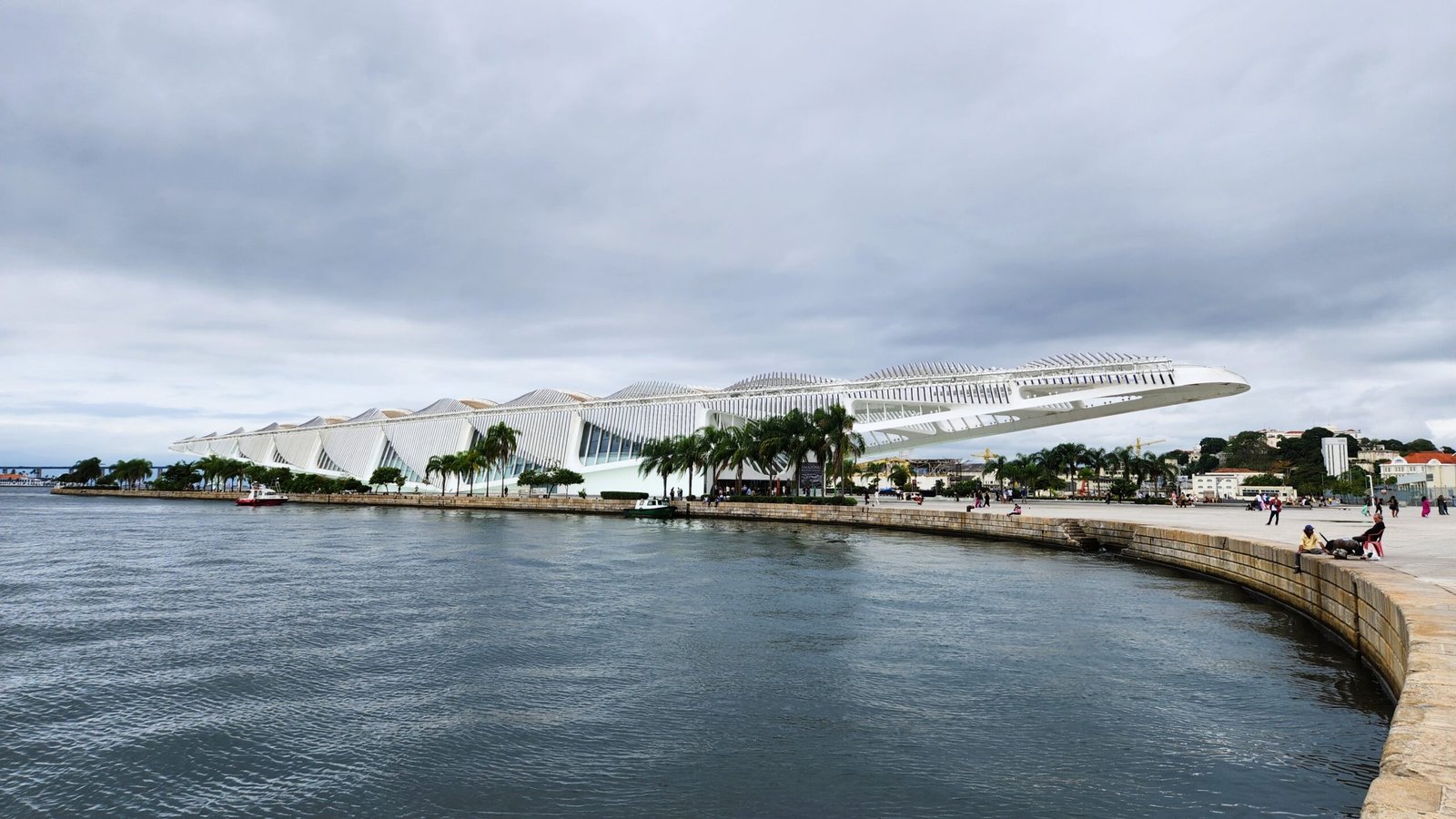
TRAVEL TIP: All of these places are marked in the handy map above!
Christ the Redeemer
Christ the Redeemer is one of the most iconic statues in the world! It sits tall atop of Corcovado Mountain and from the summit you will get amazing 360 panoramic views looking over Rio and the surrounding area. It’s incredibly busy up there so much so you can barely move with everyone jostling for the best spots to take photos. The experience isn’t the best, so we would recommend going early before the crowds arrive. The Christ the Redeemer statue is open every day from 8 AM–7 PM
To get there take the metro to Largo do Machado which is the closest Metro station and from there grab the official van, taxi or bus to Cosme Velho.
If you are staying in Copacabana you can take the official van or bus no.583 to Cosme Velho which is the last stop and right across the street from the Trem do Corcovado station.
There are a number of ways to get to the summit of Corcovado Mountain and Christ the redeemer:
Trem do Corcovado: The train ride provides stunning views of the city as it winds through lush Forest, and finishing at the iconic Christ the Redeemer statue. The ticket price includes the return journey and entrance to visit Christ the redeemer.
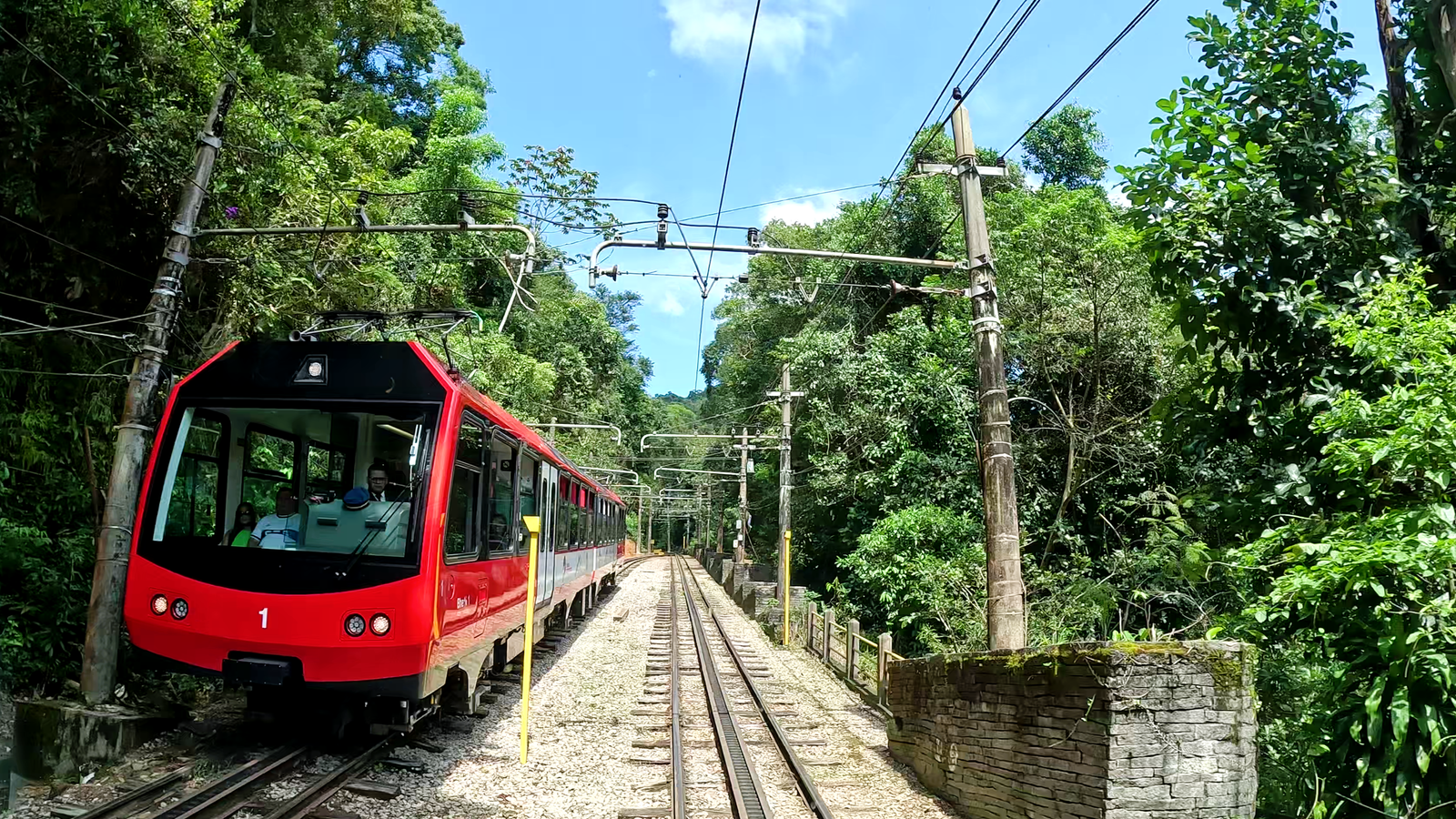
Official Van: You can board at Praça do Lido in Copacabana, Praça do Largo do Machado, or at the Paineiras Visitor Center. You can get more information from the website.
Taxi: Taxis can only take you as far as Estrada das Paineiras, from there you will need to walk to reach the statue.
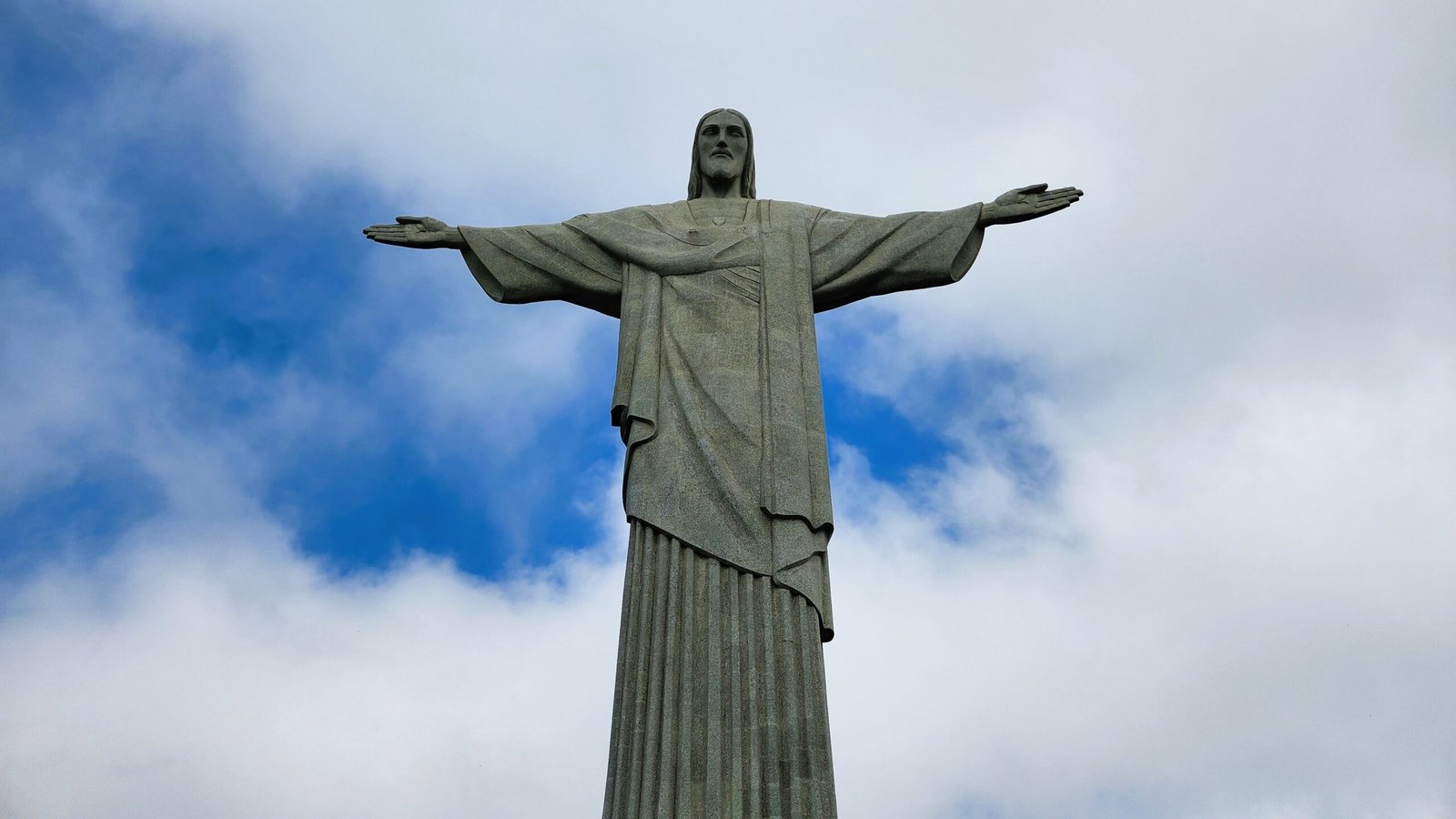
Where to eat & drink
We normally do lots of research on where and what to eat, but in Rio we totally winged it and ate at random places. On the first night we went to a restaurant along the Copacabana beach. There are loads along the beach and they are all very similar. It’s was an amazing experience eating beside the most famous beach in the world, watching the sunset and soaking in the atmosphere of Copacabana.
On the second night we ate at Brasinha Copa a super local place we randomly come across in the back streets in Copacabana. They served really good food and had a great atmosphere.
Our Experience
We only spent 2 days exploring Rio and had an amazing time the city is so full of life and the setting where you have these amazing beaches mixed with towering mountains and somehow in between there is this vibrant city. It is like nature has merged with the modern world and we loved it! We wish we had more time here and definitely will be back soe day!
Next Stop:
- How to spend 48 hours in Salvador Brazil
- Discover more Brazil destinations
- Paraty: Discover Brazil’s Colonial Past
Also check out our YouTube video below 👇

